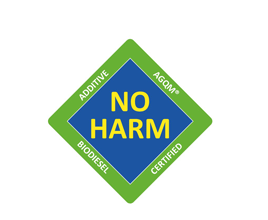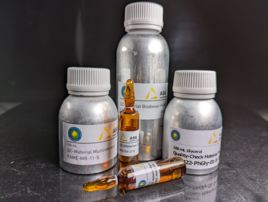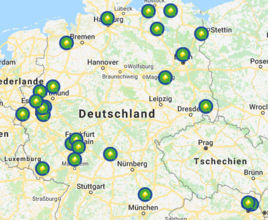Biodiesel reduces deposits
Recent research by the University of Rostock demonstrates that use of biodiesel can minimize deposit formation in common rail injectors.
In the course of the emission scandal and manipulated diesel passenger cars in particular the emission of nitrogen oxides (NOx) by diesel engines is subject of discussion. To avoid higher raw emissions of NOx in diesel engines multiple injections and high injection pressures of more than 2,000 bar are already state of the art in modern injection systems. To meet these requirements, agile injectors with small gaps are essential. Deposits inside these injectors are particularly critical and should be avoided.
At the University of Rostock, a research project has now been successfully completed, which has shown in extensive laboratory tests and at test benches under engine-related conditions that the use of biodiesel is a possibility to reduce deposits on stressed and unclaimed surfaces. Already in the predecessor project, deposit formation processes could be simulated and factors influencing the formation of deposits could be identified. The resulting measures have been examined for their effectiveness in this project.
In addition to the reduction of physically dissolved oxygen, the use of fuels free from aromatic compounds such as biodiesel (FAME) and hydrogenated vegetable oils (HVO) in particular can reduce the deposit layer thicknesses. The layer thickness decreases with increasing FAME content (B7> B10> B20> B30). The studies also showed that the formation of soaps is particularly critical and should therefore be avoided. The standard-compliant biodiesel used in the project did not produce any soap-like coverings. These results could also be confirmed at the engine-related test benches (predecessor project) and they once again prove the suitability of biodiesel in modern diesel engines.
The project was financed by Fachvereinigung Verbrennungskraftmaschinen (FVV e.V.) and the Agency for Renewable Resources (FNR e.V.) and supported and accompanied by AGQM and others. The research report is available on the homepage of FNR or AGQM in German language.





